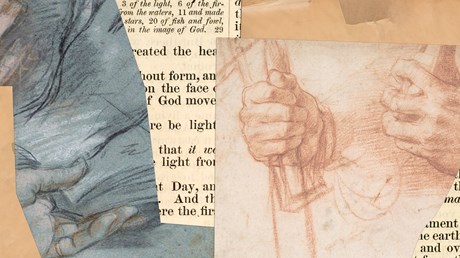If anything, the historical details are even messier than Susan Lim’s new account allows.

What does history have to do with faith? Everything. As Paul attests in 1 Corinthians 15, Christ died. He was buried. He was raised on the third day. And then “he appeared to Cephas, and then to the Twelve,” and then “to more than five hundred of the brothers and sisters at the same time (vv. 5–6). Because Jesus’ work for his people unfolded on earth for everyone to see, the apostles proclaimed historical events.
What, then, does faith have to do with history? Again, everything. The events proclaimed include the Messiah’s death and resurrection, and faith grasps Jesus’ and the apostles’ interpretation of these events, for Christ died for our sins (1 Cor. 15:3) and was raised for our justification (Rom. 4:25). Christians have long embraced the maxim of “faith seeking understanding,” which entails reasoning and asking questions about the content of our faith, as Augustine explains in his Confessions—but always against a backdrop of ultimate confidence in God and the truths of Scripture.
Susan C. Lim models these habits in her book Light of the World: How Knowing the History of the Bible Illuminates Our Faith. Lim, a Biola University history professor, tells the story of how Scripture came to be, detailing all the twists and turns, all the complex debates and deliberations, that resulted in a settled tradition of which books constitute God’s Holy Word. This story, as she demonstrates, is far from neat and tidy—but understood rightly, can strengthen our trust in both the Bible and God’s sovereign guidance over human affairs. Lim wants her readers to join her in the spirit and faith of the Virgin Mary, asking, “How can this be?” (Luke …

